 nito100/Getty Images
nito100/Getty Images I grew up in an apartment building in West Hollywood. My parents were from Morocco and Algeria, my sisters were born in Montreal, and I am a first-generation American. We spoke French at home, and our narrative was very different than that of our neighbors in the building. I grew up on stories about the rabbis, synagogues and way of life in Marrakesh, about my father’s volunteering in Israel’s War of Independence, and the life my parents lived as a young married couple in Paris. These were mostly happy stories with fond memories.
My first encounter with Holocaust survivors was not in a museum or a lecture, but with the neighbors I would see every morning on my way to school… Were Sephardic Jews not part of the Holocaust, I wondered?
Our neighbors had very different memories and stories to tell. They told sad and tragic stories about places called Auschwitz, Buchenwald and the Lodz Ghetto. My first encounter with Holocaust survivors was not in a museum or a lecture, but with the neighbors I would see every morning on my way to school. When I first saw a Holocaust film, it was with them that I discussed what I saw, not any of my teachers in Jewish day school.
Their stories intrigued me. I was fascinated by what they went through and how they were able to survive and rebuild their lives. I also wondered why this was not taught in my Jewish Day School, and why this happened primarily in Europe, and not to my family. Were Sephardic Jews not part of the Holocaust, I wondered?
It was not until high school when my father told me of his experiences living under the pro-Nazi Vichy regime in Morocco. As a young boy, he was tasked with going door to door in the Mellah of Marrakesh, making lists of how many children lived in each household. The plan was to deport these children to concentration camps, where they would meet the same tragic fate as millions of Jews in Europe. Were it not for Operation Torch – the Allied Invasion of North Africa on November 8, 1942 – our Sephardic-Moroccan stories in my home may have resembled those of our neighbors. With that, I suddenly felt closer to the Holocaust experience.
Growing up at Sephardic Temple Tifereth Israel, and later serving as its rabbi for 17 years, I learned first-hand that Sephardic Jews in Europe shared the fate of their Ashkenazi brothers and sisters. Ninety-five percent of Salonika’s Jews were wiped out, and many of their few survivors were members at Sephardic Temple. Year after year, I had the privilege of presiding over a Yom Hashoah service that featured Ladino Holocaust poems and Holocaust testimonies in Greek and Ladino. By officiating a number of their funerals, I learned even more about their tragic and heroic stories. By being their rabbi, I felt an even closer connection to the Holocaust.
I always wanted to explore the Holocaust on a deeper level. I read books, visited museums, watched films, and spoke to survivors. As a Sephardic rabbi, I made it a point – whether leading a group in Israel or observing Yom Hashoah in the U.S. – to make the Holocaust a core part of the experience for my students or community. I wrote articles, gave sermons, and even contemplated writing a book exploring the Holocaust from a Sephardic perspective.
It was a few years ago that the program of my dreams came to my attention: The Emil and Jenny Fish Center for Holocaust and Genocide Studies at Yeshiva University (YU). As a rabbinic alumnus of YU, I received an email announcing this new program, and inviting me to apply. It’s one of the best emails I ever received.
What is The Emil and Jenny Fish Center for Holocaust and Genocide Studies? The Fish Center is an academic program whose core mission is to professionally train educators in the field of Holocaust and Genocide Studies. Through a rigorous interdisciplinary master’s program, a new generation of Holocaust educators are currently being trained at the Fish Center, empowering them with knowledge to assure that the memory and lessons of the Holocaust survive well into the future. The program is entirely online, creating a diverse international community of Fish Center M.A. students. I am proud to be one of those students.
The Fish Center’s faculty draws from YeU’s professors, as well as scholars from all over the world. Courses include in-depth explorations of the Holocaust in film, literature, history, rabbinic texts, theology and philosophy. There are also courses studying other genocides, including law school seminars that study the legal methods to prevent genocide, atrocity crimes and crimes against humanity.
In addition to completing coursework, students can either write a classic M.A. thesis or choose to do field work in an institution related to the Holocaust or genocide prevention. I plan on writing about one of my Sephardic rabbinic role models – Rabbi Ben-Zion Meir Hai Uziel – and his unique writings and activities directly relating to the Holocaust. The Fish center’s courses have taught, enabled and empowered me to pursue further research into my family’s own Holocaust history, as well as into the overall Sephardic experience in the Shoah.
This unique program was established by Mr. Emil Fish, a Holocaust survivor well known to many in the Los Angeles community as a successful businessman, philanthropist, and Jewish community leader.
“We must know the history about what happened and why and what are the implications for today,” Mr. Fish said. “The Fish Center educates young people and adults about a singular event in history that, regrettably, too few people understand, including what conditions existed before the Nazis ascended to power, how they rose to leadership positions and why they targeted Jews.”
In the vast world of Holocaust institutions and organizations, Mr. Fish’s decision to preserve the memory and lessons of the Holocaust by endowing an academic program geared to educators is refreshing. It speaks to Judaism’s long-standing belief and commitment to learning, teaching and education as the core values that will assure our continuity. It also speaks to a larger mission of this program: to apply the lessons learned from the Holocaust and other genocides to combat prejudices, hateful ideologies and future atrocities. Monuments cannot do that. Only educated human beings can.
Emil Fish was 9 years old when he and his family were captured and arrested by the Gestapo in 1944. His father was sent to Buchenwald, and he, his mother and sister were sent to Bergen-Belsen. They thankfully survived these concentration camps, and in 1955, Mr. Fish and his family immigrated to Los Angeles.
When I read his story, I feel Mr. Fish could have been one of my neighbors in that building where I grew up in West Hollywood. Many years later, I now have the privilege of exploring the Holocaust in depth, thanks to his vision.
On March 15, Yeshiva University will honor Mr. Emil Fish at a special evening benefitting the Center. For more information, please contact Michal Kleiman at 646.592.4514 or by email at michal.kleiman@yu.edu.
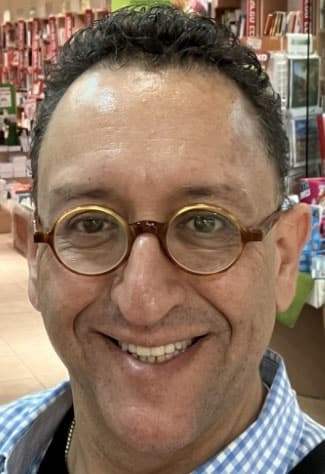






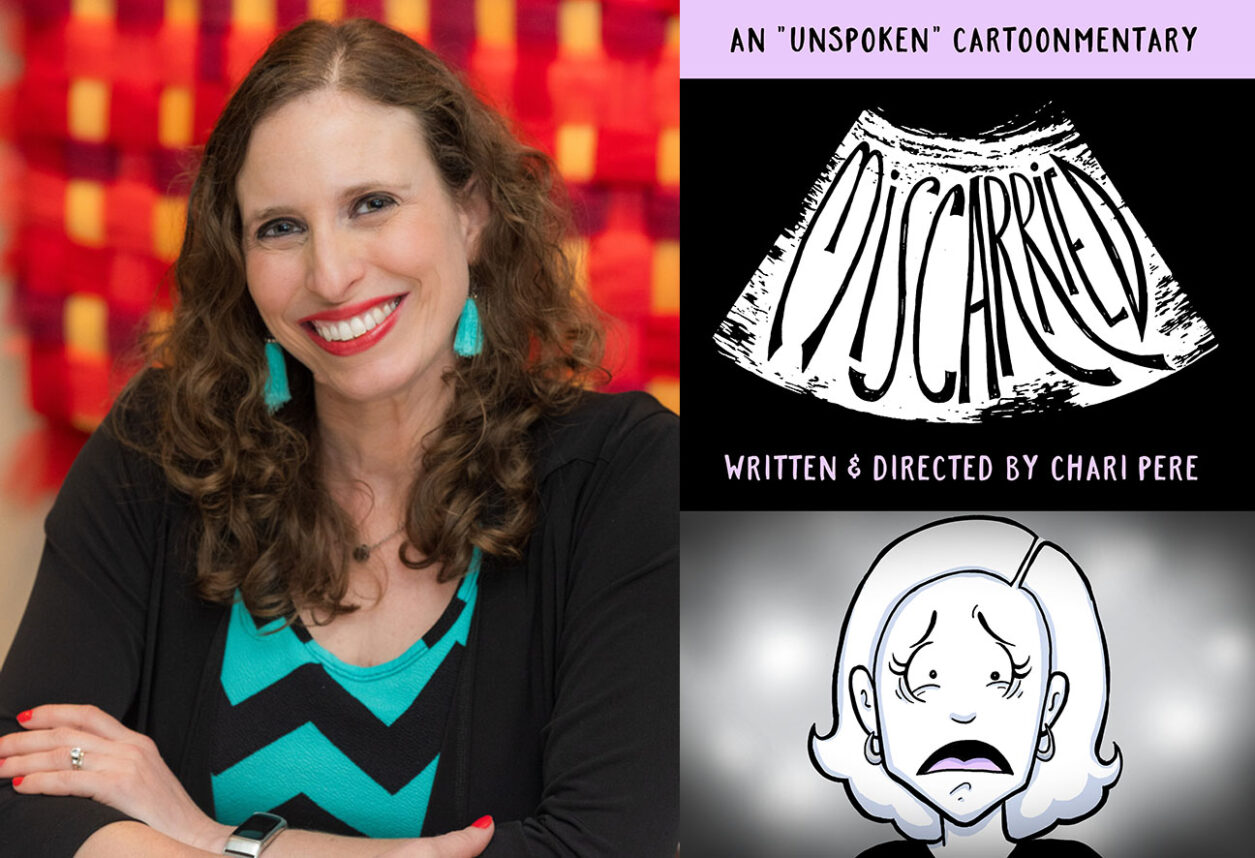
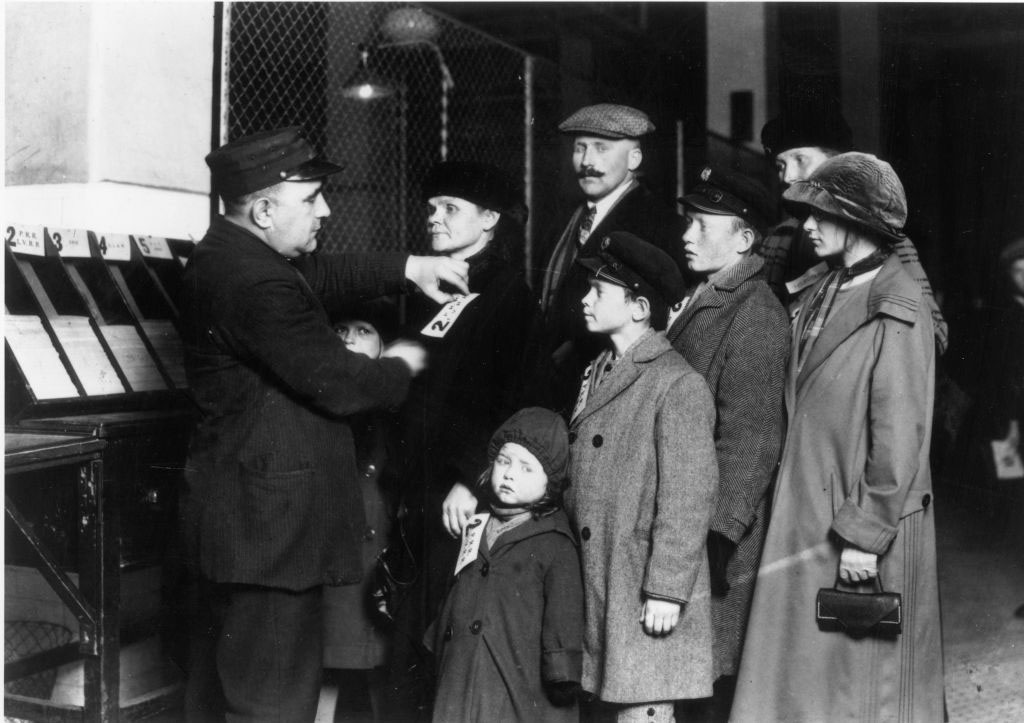





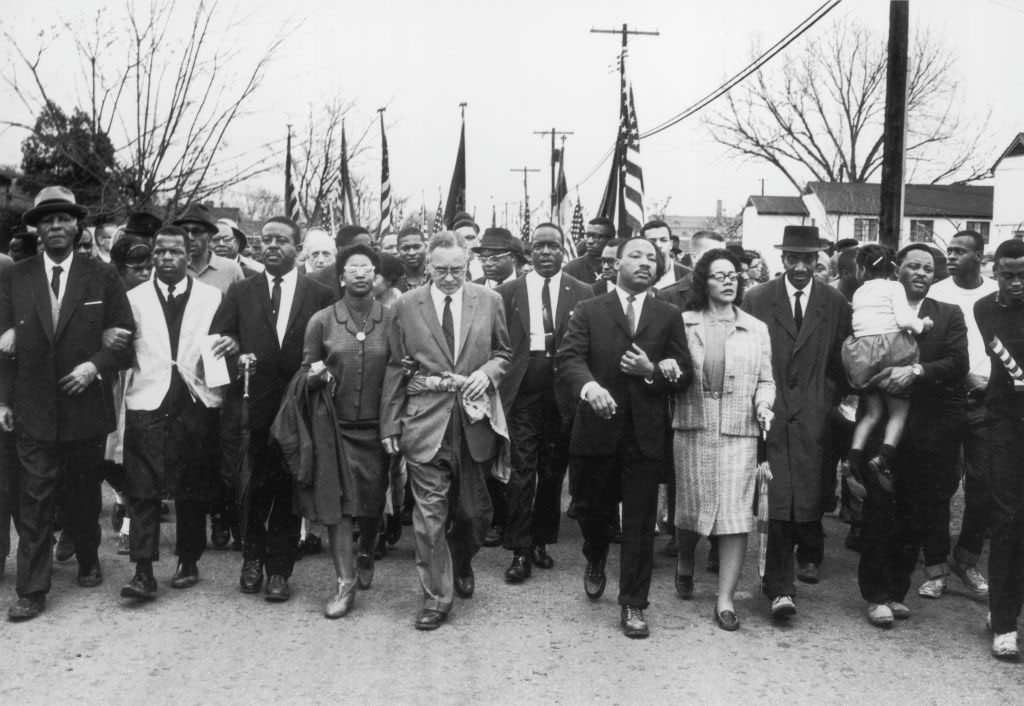
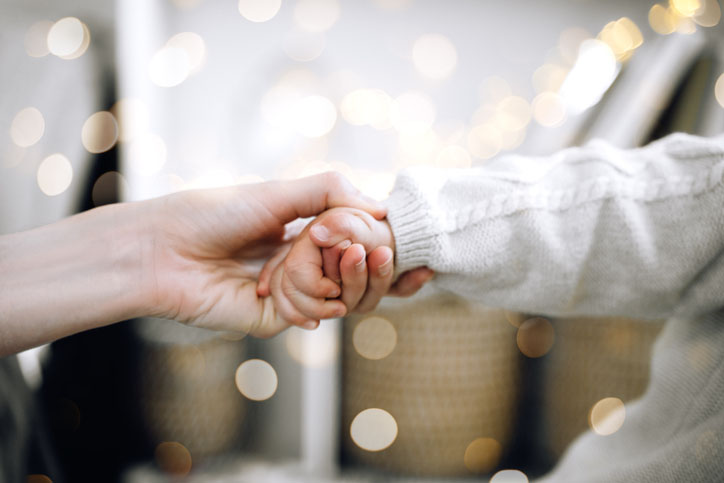

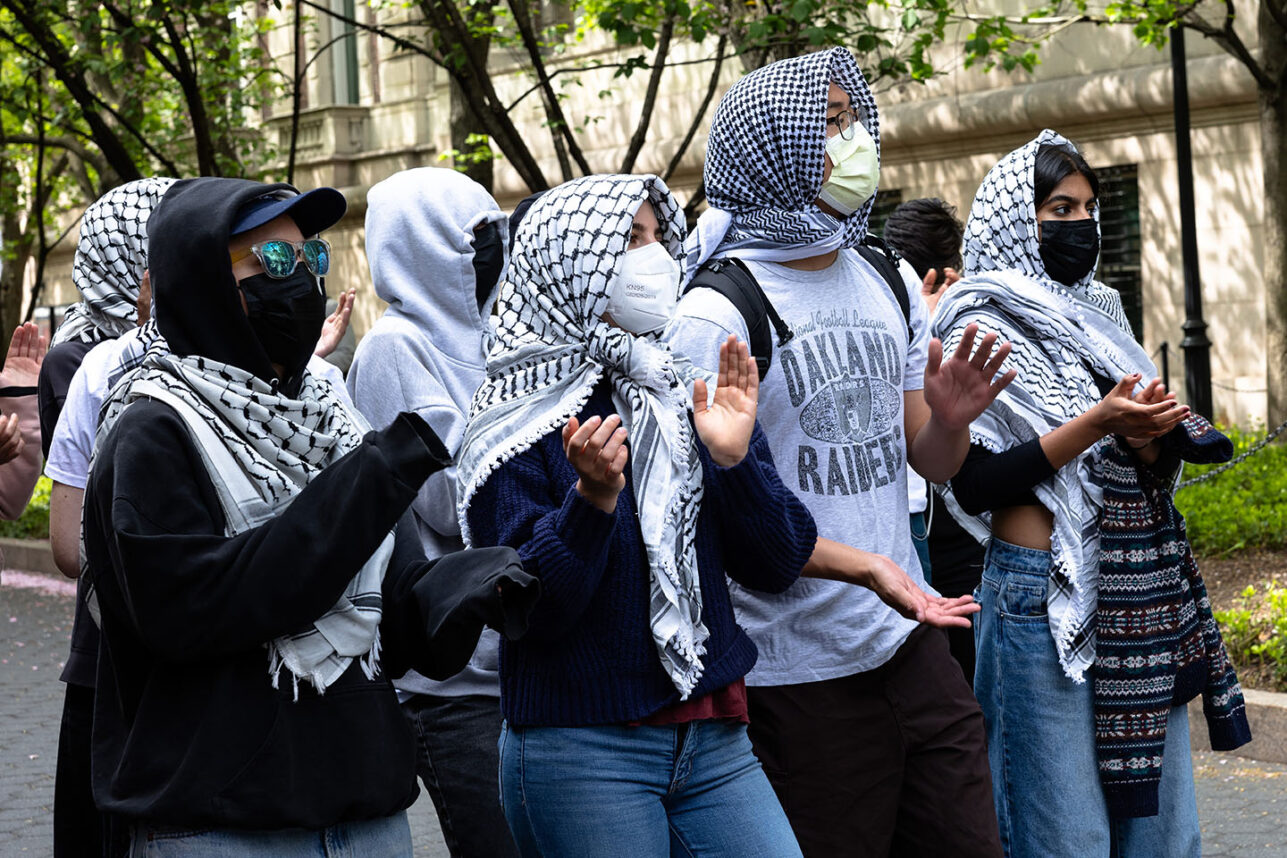




 More news and opinions than at a Shabbat dinner, right in your inbox.
More news and opinions than at a Shabbat dinner, right in your inbox.